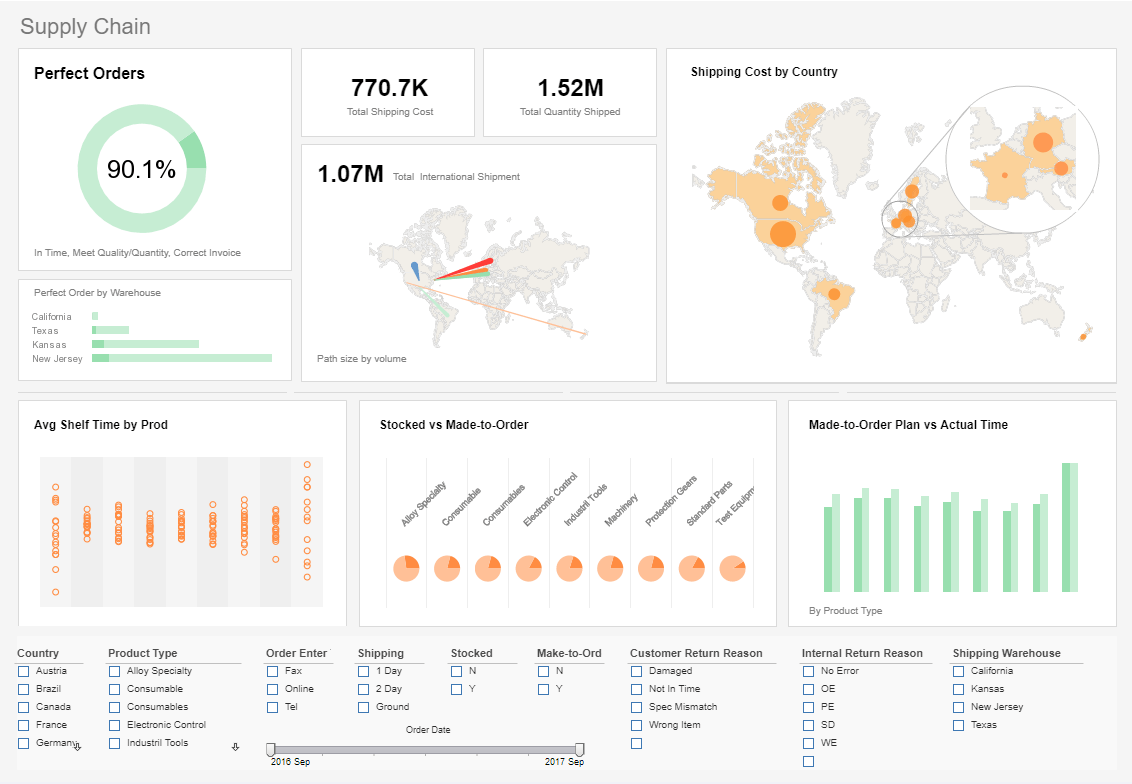Documenation About Painter Scaling
Painter size is determined by two factors. If an explicit size is supplied, the painter is always painted in that exact size on the output. If the explicit size is different from the painter's preferred size, how the painter is printed is determined by whether the painter is scalable.
If the painter's isScalable() method returns true, the painter is scalable. This means that if the final size of the painter is different from its preferred size, the Painter.paint() method handles the scaling automatically and the painter will behave correctly in the new size. In this case, the size passed into the paint() method of painter is the exact size of the painter on the output media.
If the painter's isScalable() is false, the painter is not scalable. This means the Painter.paint() method only paints correctly at its preferred size. If the final size of the painter is different from its preferred size, in order to ensure the painter behaves correctly the ReportSheet creates a buffer of the painter's preferred size.
The size passed to the paint() method of the painter is always the preferred size of the painter. The buffer (with painter's preferred size) is later scaled in the output media to the actual size.
The Image and Component elements are painted as non-scalable painters. Chart and TextBox elements are scalable painters.
If you are implementing your own painter, return the scalable property to true if your paint() method checks the width and height and paints correctly according to the true size. If your paint() method always paints at one size, return the scalable property to false to let ReportSheet perform the scaling to satisfy your preferred size.
| #1 Ranking: Read how InetSoft was rated #1 for user adoption in G2's user survey-based index | Read More |
Summary of Java-based API Printing
We have shown how to quickly generate a report from screen. By combining table styles and table adapters, printing a professional looking report is as easy as writing a few function calls. Style Intelligence goes further than simply printing tables. In the next few chapters, we will demonstrate how to add other elements to a report, including headers and footers, and will discuss advanced features available in the printing of tables.
Difference from Report Writers
The InetSoft package is a report generation tool, written in Java, designed to produce business reports. It differs from report writers in a number of important aspects:
• Style Intelligence allows a Java program to create a report dynamically, using a variety of data sources. Traditional report writers only provide a visual interface to create a report and normally work directly with databases.
• Style Intelligence can be easily extended with new styles and rendering methods. Traditional report writers normally have a fixed set of features and do not provide an API to extend their functionality.
• Style Intelligence is tightly integrated with the application, both from a programming point of view and from an end user point of view. No separate application is needed to generate a report. Traditional report writers, on the other hand, normally require users to start another application separate from the main application.
With the infrastructure provided by InetSoft products, we envision a wide range of different applications for the report. Since the number of possible combinations of table attributes is very large, it is likely that users will create new styles to suit their specific needs. We welcome the submission of new styles or adapters if you feel that what you create is very generic and can be used by other people.
More Articles About Reporting
Collection of Good Information Dashboard Examples - Below are some good examples of Information Dashboards. An information dashboard is management tool that allows information, whether it be numerical or text, to be represented in a visual dashboard. Good information dashboards can combine this data into easy to read graphical representations of the business they are analyzing. Information dashboards give management the ability to track and change data when needed in order to make the necessary changes in the workplace...
Consider InetSoft's Dashboard Management System - Are you looking for a good dashboard management system? InetSoft, a pioneer in self-service oriented dashboard software offers an easy to setup system for creating interactive dashboards and analyses. Our customers rate our service as top performing on G2.com. View a demo and try interactive examples...
Drilling Down into the Medical Dashboard - In this medical dashboard example we have opened up a table of specific and relevant data. We are looking at the mortality stats for 35-44 year old Men of Asian or Pacific Islander ethnicity. The columns have been sorted to count down from the cause of the most deaths to the least. This is the "View Details" tool. It can be extremely helpful when trying to take a granular approach to data-understanding, allowing broad to specific data questions to be asked and answered by customized tables containing only relevant data. In a few seconds of scanning this table we should notice that different malignant neoplasms constitute the majority of cancer deaths, an insight much more difficult to render from looking at whole data sets...
Problems of Inefficient Business Intelligence - I am sure that there are a lot of you who have gone through this process. The main problems are self-evident. The process is predominantly made up of manual processes. Even in the scenario I gave for automating the actual budget capture or data entry through a spreadsheet, there is the manual process of distribution and compiling and tracking and uploading. It's quite extensive...
Trade Reconciliation Efficiency - Trade reconciliation makes ensuring that the deals actually conducted match the trading records. Effective reconciliation is essential for quickly identifying inconsistencies or mistakes. Analysts might avoid suffering financial losses as a result of trade disparities by keeping proper trade records...
| Previous: Changing Report Table Attributes |
Next: Server-Side Reporting
|


